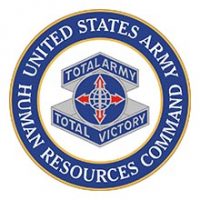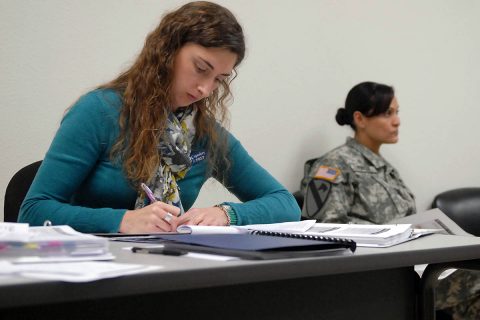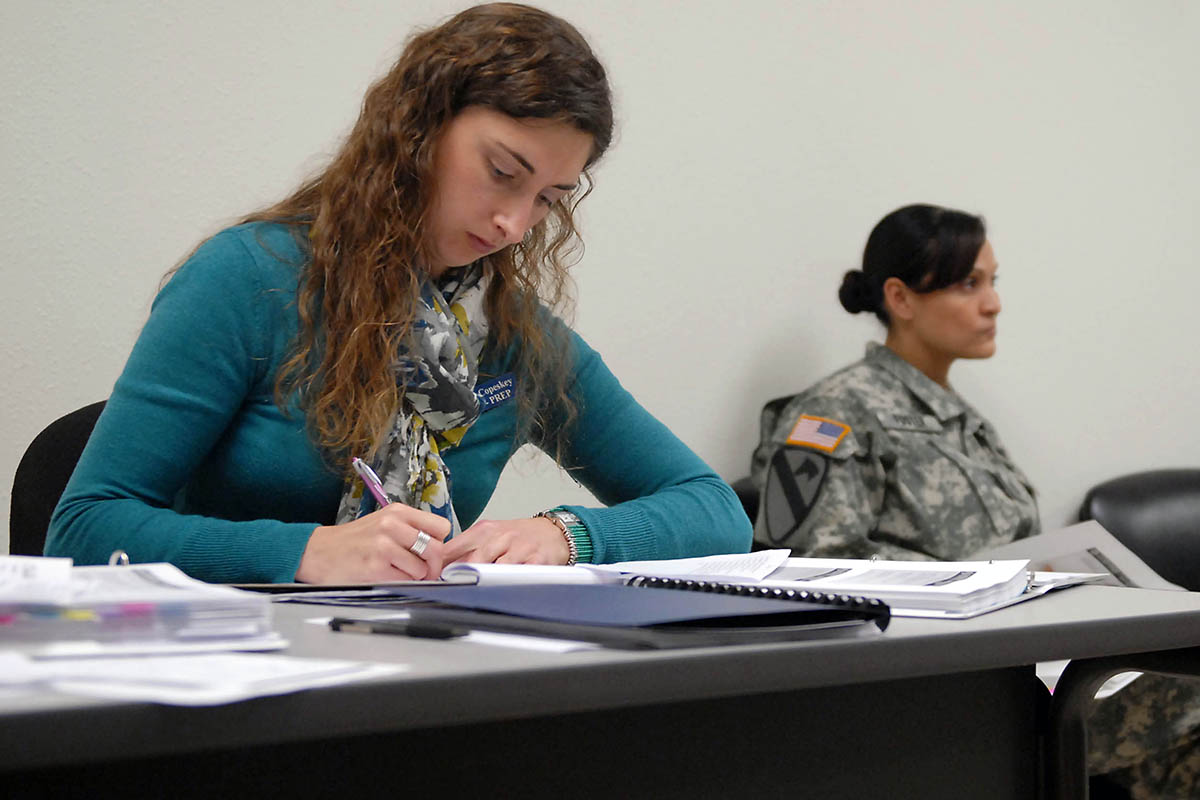Written by Jenny Hale
U.S. Army Human Resources Command

Fort Knox, KY – In 2016, the Army’s transition program, the Soldier for Life – Transition Assistance Program (SFL-TAP), began a two year pilot program at six installations worldwide to test the “one size fits all” concept behind transition.
Congress enacted the Veterans Opportunity to Work (VOW) to Hire Heroes Act in 2011, which mandated Preseparation Counseling, Department of Labor Employment Workshop (DOLEW), and Veterans Affairs Briefings I and II. This was followed by the Department of Defense mandating Career Readiness Standards (CRS) that Soldiers are required to complete before leaving active duty service.

CRS requirements include the VOW law and can be started 18 months prior to transition or 24 months prior to retirement. Soldiers are encouraged to distribute the classes out over the course of the 18 to 24 months to minimize time away from duty missions, as well as allow time to prepare for transition and explore options.
SFL-TAP Centers are located around the world and teach resume writing, VA benefits, career skills, higher education application processes, entrepreneurship, as well as provide access to hiring events and opportunities to network with civilian companies looking to hire transitioning Soldiers.
However, some transitioning Soldiers feel that certain CRS requirements do not apply to them based on their prior education, experience level, age, retirement plans, and more. As a result, the SFL-TAP Transition Pilot Program was created at Fort Drum, NY, Fort Campbell, KY, Fort Hood, TX, Fort Bragg, NC, Joint Base Lewis-McChord, WA, and USAG Bavaria, GE.
The pilot program algorithm, developed by the Office of Economic and Manpower Analysis (OEMA), categorizes transitioning Soldiers by various demographic data to better determine what SFL-TAP requirements they would benefit from the most. For some Soldiers, this will require them to complete only a few classes.
For others who may be more likely to experience unemployment in the civilian sector, requirements may be more robust. At some pilot sites, Commanders have the opportunity to determine what category their Soldiers receive based on their knowledge of the Soldier’s abilities and performance.
No matter the category assigned, all Soldiers have the opportunity to take advantage of all CRS requirements and optional courses, hiring events, and mentorship opportunities.
The Army aims to ensure transitioning Soldiers who require more transition assistance receive tailored resources to better their chances of finding post-transition success.
To learn more about SFL-TAP and the pilot program, visit www.sfl-tap.army.mil to or find us on Facebook (@ArmySFLTAP), Twitter (@SFLTAP), LinkedIn (Soldier for Life – Transition Assistance Program Connection Group), and YouTube (SFL-TAP Television).



